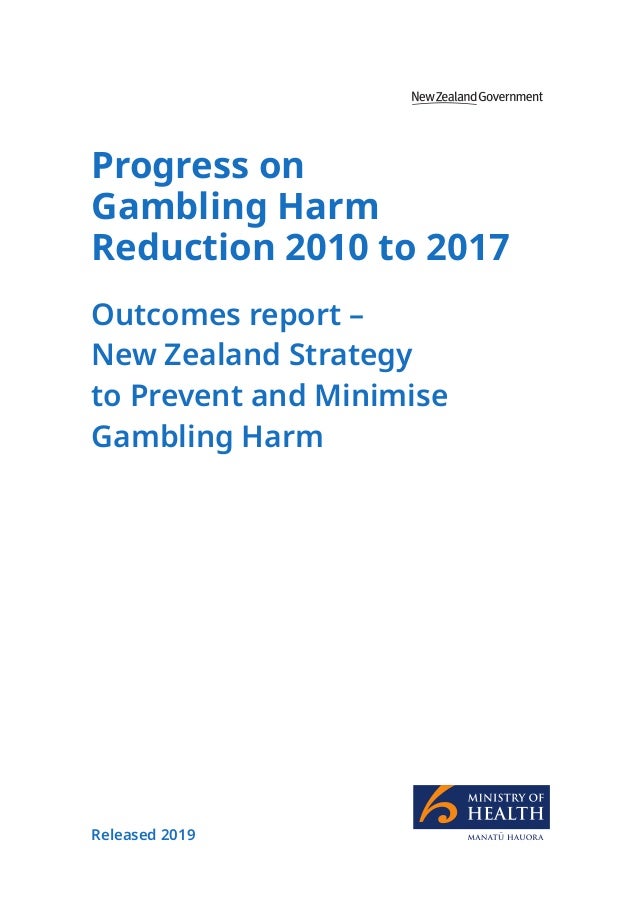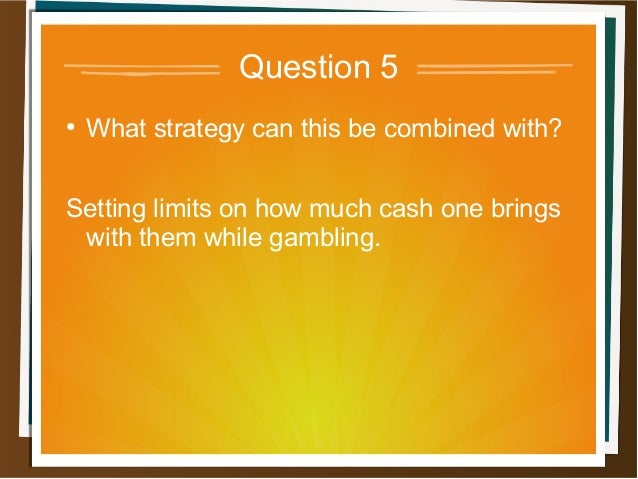Harm Reduction Strategies For Gambling
Anyone who gambles may be at risk of developing problems – under the right set of circumstances.
- Harm Reduction Strategies For Gambling
- Harm Reduction Strategies For Gambling Addiction
- Harm Reduction Strategies For Gambling Problems
- Harm Reduction Strategies For Gambling Disorders
The only way to remove the risk completely is not to gamble at all. However, if you choose to gamble, there are ways that you can lower the risk.

Harm Reduction Strategies For Gambling
Prevention of harms related to gambling requires investment in population based approaches, say Heather Wardle and colleagues ### Key messages In 2017 the gambling regulator for Great Britain, the Gambling Commission, described problem gambling as a public health concern (box 1)3 and emphasised the need to increase protection from harm.4 In 2018 the Faculty of Public Health released a position. The Strategy to Prevent and Minimise Gambling Harm 2019/20 to 2021/22 is the latest of those strategy documents. The strategy sets out the Ministry’s approach to and budget for funding and coordinating services to prevent and minimise gambling harm during the three year period starting 1 July 2019. Reducing the exposure to gambling related stimuli, particularly to young people who may attend a gambling establishment’s bistro, family area, function room, play area or court yard is a key harm prevention strategy of this Policy. 4 Council will require evidence of intentional design of any new or redeveloped gambling establishment. The Strategies Harm reduction strategies include. ● setting limits on the amount of money spent by not bringing money access cards to the gambling venue (e.g., credit cards, atm cards) ● paying attention to physical needs while gambling (e.g., taking a break from the gambling activity, using the washroom facilities, eating, stretching) 7.
Consider the following steps to keep your gambling safe.
- Set limits on the amount of money and time spent gambling. STICK TO THEM.
- Leave your credit and bank debit cards at home. Don’t bring along “extra” money.
- If you are losing, don’t chase your losses.
- If you are winning, remember the odds are against you keeping your winnings. Quit while you are ahead. Winning happens by chance.
- Balance gambling with other leisure activities.
- Treat gambling as entertainment, not as a way to make money or pay debts.
- Gamble sober.
- Don’t borrow money to gamble.
- Gamble only with money you can afford to lose and consider it part of your entertainment budget
- Take breaks regularly so you don’t get too focused on gambling. Remember you need to eat and drink and sitting too long in one position is not good for your circulation.
- Don’t gamble alone. Play with friends who don’t have a problem with gambling.
- Don’t gamble if you are upset, depressed, angry or in other ways emotionally at risk.
- If you find yourself breaking any of these guidelines, stop gambling at once, and give yourself some time away from the games to get some distance and think about what you are doing.
(Source: CAMH Problem Gambling Project)
We Can Help!
CALL TODAY.
613-967-4734
Monday – Friday 8:30 a.m. to 4:30 p.m.
Harm Reduction Strategies For Gambling Addiction

Ontario Problem Gambling 24/7 Hotline:
1-888-230-3505
Many regions have policies and programs to limit exposure to gambling and protect people from gambling harms. At the same time, regions may allow the promotion of gambling through advertising and marketing. For instance, the broadcasting of sports events may be accompanied by gambling commercials, and gambling company logos may be displayed on the field and on players’ uniforms.
A variety of programs have been used to prevent and reduce gambling harms. Some regions have well-developed school-based programs for teens and young adults to prevent the development of gambling problems. Public awareness campaigns aim to influence people’s attitudes and knowledge about gambling. However, many of these campaigns have yet to include guidelines on safe gambling. There is weak evidence that these campaigns can influence gambling behaviours.
Stronger evidence is available for resources that target features of gambling products or venues. For example, pop-up messages that warn players of risky gambling behaviours can be effective. Messages have more impact if they are displayed in the centre of the screen, interrupt play, and require players to actively remove them.
Self-exclusion programs are available to people who have concerns about their gambling behaviours. These programs allow people to ban themselves from specific gambling venues or websites for a period of time. There is evidence that self-exclusion results in less gambling and improved well-being; however, self-exclusion programs are under-used in many regions.
Harm Reduction Strategies For Gambling Problems
Download the two-page Gambling Resources Factor summary (PDF)
Also available in: Francais Spanish Mandarin

Harm Reduction Strategies For Gambling Disorders
Download the Gambling Resources Factor section from the Conceptual Framework of Harmful Gambling (PDF)
Download the complete Conceptual Framework of Harmful Gambling (PDF)